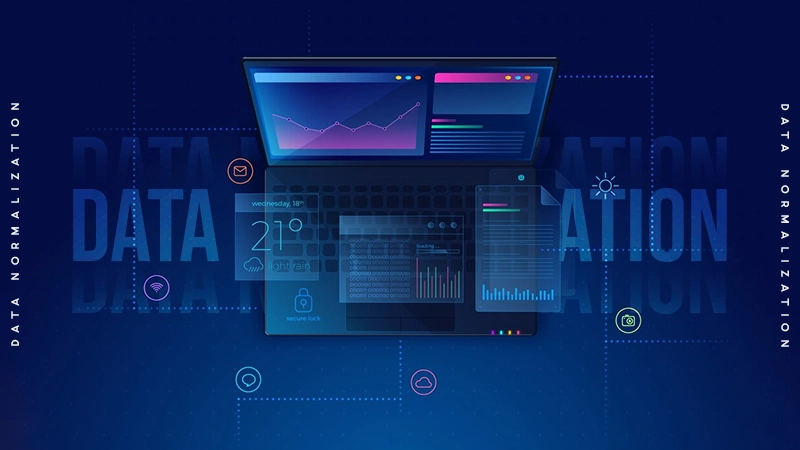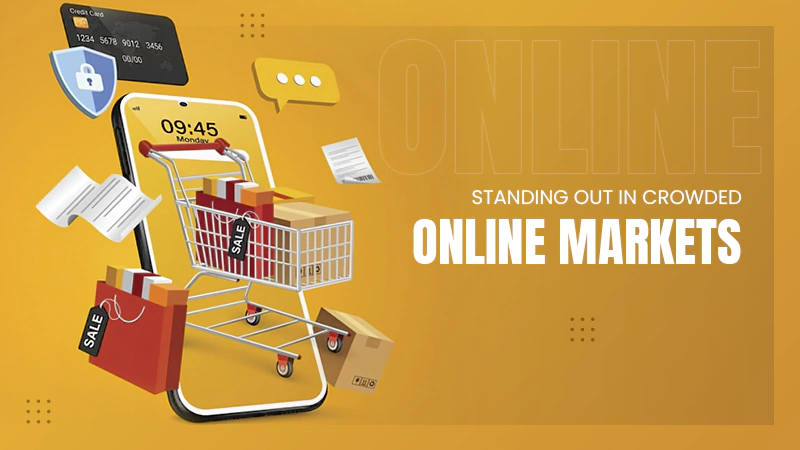The main benefit is automation, which significantly reduces the cost and time of processing invoices.
Understanding the Role of Invoicing Software in Financial Management

One of the biggest challenges of being a parent today is determining technology policies. There are government standards, support from parents and athletes, and a parent forum to help parents maneuver the world of raising kids in a world where the Internet is constant.
As you can see, the issues with technology go beyond just limiting screen time. With technology more recognizable and commonplace, it’s not just about limiting the time with a screen but what time that is. For older children, it is still important, but from a different perspective, to model what responsible use looks like by learning from their experience as well, safely.
For parents responsible who may want to show their kids the responsibility of using the internet in an acceptable manner, there are tools like limits on phones, and kid-friendly places on the internet, available. Here is a brief overview to help parents as they start to first technology-time with their children.
KEY TAKEAWAYS
- Cover invoicing software fundamentals
- Dive into the financial impact
- Identify the features you actually need
- Look at how automation will change everything
Understanding the purpose of invoicing software fundamentals
Invoicing software automates the whole billing process from beginning to end.
Rather than creating invoices by hand, tracking payments, and manually following up on slow payers, the invoicing software does all of that for you. Modern invoicing software seamlessly integrates into your accounting systems and takes charge of everything from invoice creation to payment reconciliation.
Picture how your ongoing process works for a moment.
How much time does your team in the present time waste on manual tasks? Doing calculations, keying data, sending reminders, updating spreadsheets…it all adds up quickly.
This is what invoicing software actually does:
- Automatically generates professional invoices
- Tracks all payments in real time
- Sends automated payment reminders
- Syncs with your accounting software
- Provides financial reporting and analytics
You also get a full picture of your cash position at all times. There is no more searching through emails and spreadsheets to determine who owes you what.
The financial impact of invoicing software
Let’s get into the numbers.
The invoicing software market is growing fast for a reason. Companies are projected to spend $22.14 billion on billing and invoicing software by 2034 due to the ROI being undeniable.
But what does that mean for you?
Automation will reduce processing costs by 60-80% compared to manual methods. That is a dramatic reduction in overhead that directly benefits your bottom line.
Here are some of the ways you will save money:
- Labor costs for manual data entry
- Hours spent chasing payments
- Revenue lost to late payment fees
- Lost revenue due to billing errors
- Administrative overhead
Manual invoice processing can cost organization an average of $18 per invoice. If you process even 500 invoices a month…that’s $108,000 a year in processing costs alone.
When you automate, those costs plummet substantially.
Your finance team can focus on higher value work rather than pushing paper, and your customers receive their bills more quickly.
The essential features of invoicing software
Not all invoicing software is created equal.
You need to understand what characteristics really move the needle for financial management. Some invoicing tools focus on visual dashboards but miss the fundamentals. Others over-deliver on one operation and under-deliver elsewhere.
The features that actually make a difference:
Automated invoice generation based on your sales data. The software immediately creates professional invoices with no manual formatting or data entry errors.
- Payment tracking lets you see which invoices are pending, paid, or overdue in real time. You get an accurate view of your cash position in seconds versus hours.
- Multi-currency support if you deal with international customers. The software manages exchange rates and compliance needs automatically.
- Integration capabilities allow your invoicing to connect to CRM, accounting, and payment systems. Everything stays in sync without manual intervention.
- Customizable templates that let you control brand consistency when automating the process. Your invoices look professional without additional design effort.
Curious about something?
The most successful businesses in this area do not just use invoicing software…They deeply introduce it into their financial workflows. It becomes the hub that connects accounting, sales, and cash flow management.
How automation will change everything
Now we are getting to the good part.
Automation shifts more than just speed. It transforms how you manage all your financial operations. When you automate invoice processing, you will also gain abilities that manual systems will never match.
- Real-time financial visibility means always knowing your current financial position. You never requested to wait for month-end reports to understand cash flow.
- Error rates will plummet as costly mistakes of manual methods are eliminated. One manual typo on an invoice can cost you thousands in lost revenue or ruin relationships.
- Average payment times decrease naturally when you can send invoices immediately and monitor them in real time. Many companies see their days to payment cut in half or more.
- Cash flow forecasting becomes more accurate when you have trustworthy data on payment patterns. You can confidently predict future cash positions.
The move to automated invoicing is a fundamental change in your financial management. It’s not about working faster…It is about working smarter with better information.
Getting started with invoicing software
So you want to make the jump?
The transition to invoicing software is far easier than most businesses expect. Most modern sites are purpose-built for rapid deployment without expensive consultants.
- Begin by identifying your key pain points. Where do you currently waste the most time? What errors cost you the most money?
- Match those needs to software features. Solve your individual problems first and foremost.
- Plan for integration with your existing systems. Your invoicing software should work not against it, but with your accounting platform.
- Train your team extensively. The best software will fail in case people don’t use it properly.
- Businesses that see the most success in the region think of invoicing software as a strategic financial tool, not just a billing system.
Making everything work together
Invoicing software is not magic.
Although it comes close when executed properly. The key to understanding is knowing that modern invoicing platforms are not just about invoicing. They are powerful financial management tools that may generate invoices.
They put your cash flow in your control. They reduce costly errors. They free up your team to focus on growth, not paperwork.
The bottom line? Investing in quality invoicing software will serve measurable ROI through faster payments, lower costs, and better financial visibility.
Don’t let antiquated manual processes hold your business back. The tools are out there to shift your financial management…it is up to you to use them.
Frequently Asked Questions
What is the main benefit of invoicing software?
How much money can I save by automating?
If your business processes a high volume of invoices, this can equate to tens of thousands of dollars saved annually.
Does invoicing software replace an accountant?
No, it is a tool for your accounting team.
What is the difference between invoicing and billing software?
Invoicing typically refers to generating the payment request, while billing can encompass the entire process, including recurring charges, subscription management, and payment collection.
How to recover unsaved Word documents? Someone recently asked me this on social media, and I found that a lot…
Real-time verification speed determines whether email validation operates seamlessly within user workflows or creates delays disrupting experience and conversion rates.…
Microsoft reported– Power BI is prevalent, with 97% of Fortune 500 firms adopting it in record numbers. The reality is…
There are significant differences between marketing today and what it was in the past. In those days, marketing firms focused…
A few weeks ago, a friend lost his photos and some important files from his iPhone 13. He immediately called…
As someone who has worked closely with data sets and analytics, I have seen how disorganized data can limit even…
If you have started learning about data, you must have come across the terms “discrete” and “continuous” data. But what…
How to connect a Windows PC to Apple devices, like iPhone or Apple TV? You may think of AirPlay, but…
Consumers are surrounded by more marketing messages than ever before. According to a recent report, there are over 27 million…






